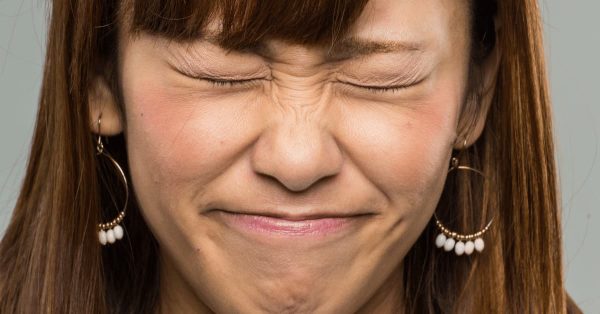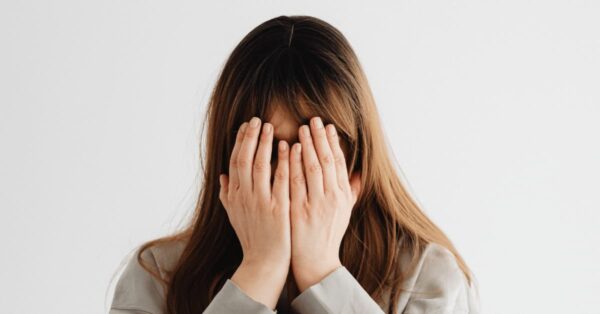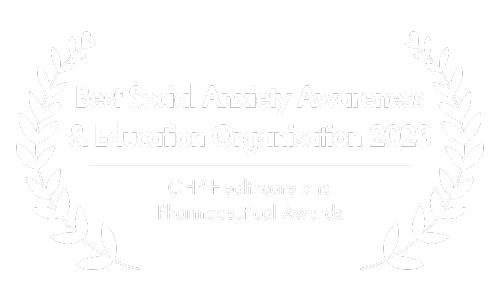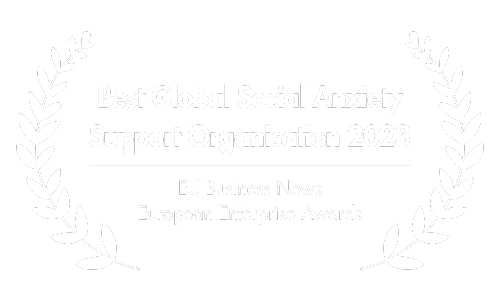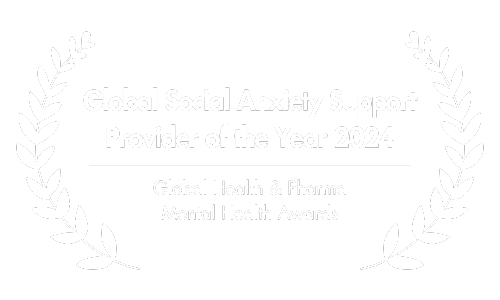Savor the Moment: How to Beat Public Eating & Drinking Anxiety
Imagine sitting at a busy restaurant: the clatter of dishes, the murmur of conversations around you, and your heart races at the thought of eating in front of others.
This scenario, which might seem trivial or enjoyable to some, can be a profound source of anxiety for those experiencing a fear of eating and drinking in public.
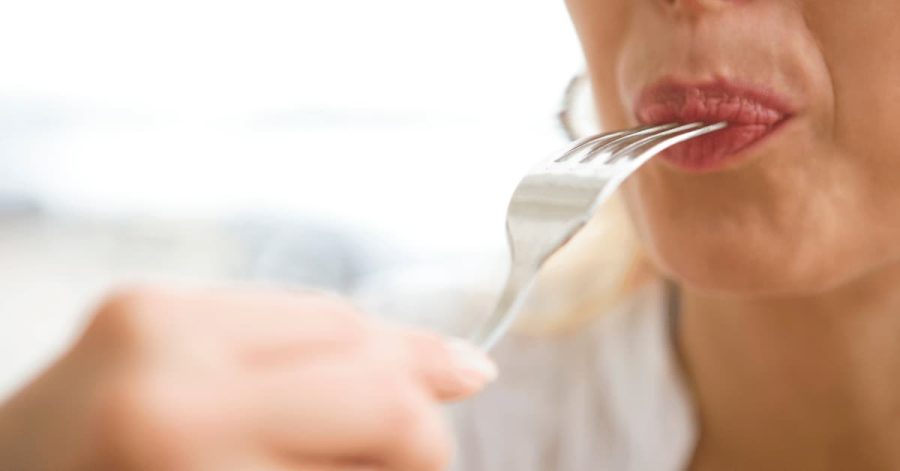
This fear, more than just a quirk or preference, is a recognized symptom of social anxiety disorder—a condition characterized by overwhelming anxiety and excessive self-consciousness in everyday social situations (American Psychiatric Association, 2013).
The Liebowitz Social Anxiety Scale, a widely used diagnostic tool in mental health, explicitly includes questions about this fear, underscoring its significance and prevalence (you can take this test for free by clicking here).
While some may worry about their manners or making a mess, for others, the fear is debilitating, marked by a dread of being watched, judged, or somehow embarrassing themselves.

This article is crafted for those who find themselves avoiding social gatherings that involve food or feeling distressed at the thought of eating or drinking in public.
Whether you are struggling with this fear yourself or seeking to support someone who is, understanding this fear is the first step towards managing it effectively.
We’ll explore what this fear entails, its impacts on daily life, and provide practical, psychologist-recommended strategies to not only cope with but also overcome these challenging feelings.
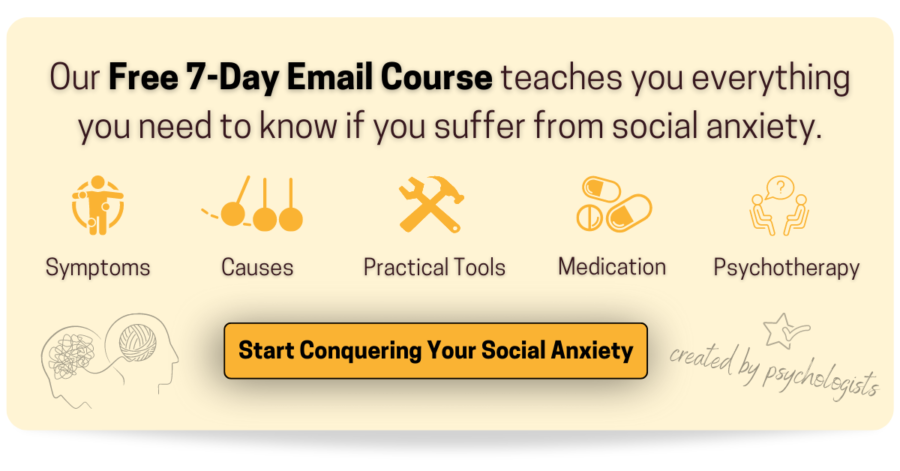
A. Understanding the Fear
The fear of eating and drinking in public can manifest in various ways, each deeply personal and distressing to the individual experiencing it.
At its core, this fear is a concern about being observed and negatively evaluated by others while eating or drinking.
This could stem from worries about being seen as messy or improper, or from fears about displaying signs of nervousness, such as shaking hands or spilling food, and being seen as insecure.

What It Feels Like
For someone with this fear, the mere thought of a meal in public can trigger a cascade of anxiety.
Physical symptoms may include sweating, trembling, a racing heart, and even nausea.
Psychologically, the individual may experience racing thoughts, a fear of impending doom, or a sense of being trapped.
These intense reactions can make the simple act of eating or drinking with others seem daunting, turning meals or having a drink into a source of significant stress instead of moments of enjoyment.
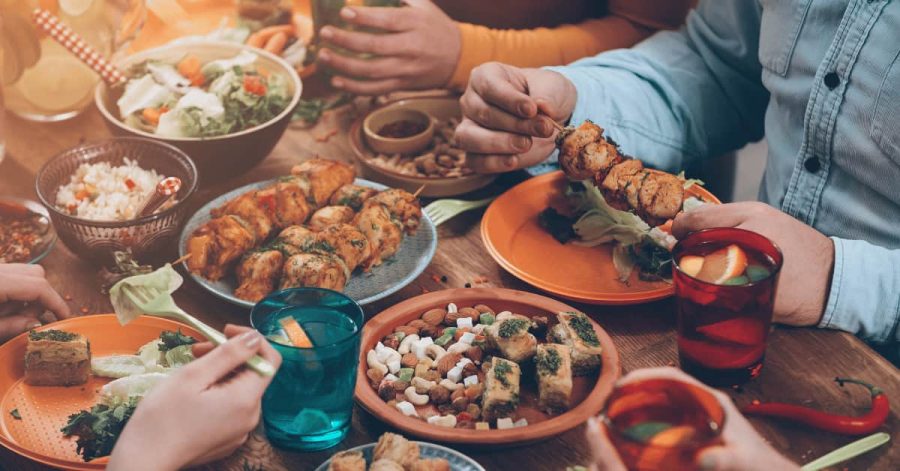
Differences from General Social Anxiety
The fear of eating and drinking in public can be a symptom of social anxiety disorder (SAD), but having this fear does not necessarily indicate SAD.
Determining whether this fear is part of SAD depends on the degree of suffering and functional impairment it causes.
If this fear significantly disrupts daily activities and social functioning, it may suggest a broader social anxiety disorder.
For a detailed understanding of SAD, you can click here to read our introductory guide.

Differences from Eating Disorders
It’s also crucial to distinguish this fear from eating disorders, which primarily concern attitudes towards food itself, body image, and control over eating habits.
The fear of eating in public does not necessarily involve these aspects; instead, it revolves around the social implications and the perceived judgments of others during the act of eating or drinking.
This means it’s not about the food per se but about the social exposure and vulnerability that come with eating and drinking in front of others.

B. Impact on Daily Life
The fear of eating and drinking in public can significantly disrupt daily life, affecting personal, social, and professional spheres.
Individuals grappling with this anxiety might find themselves dodging social interactions that involve food or drinks, which are often key components of relationship-building and communal experiences.
Social Isolation
Avoidance is a common strategy for those with this fear. Social gatherings, whether casual meet-ups at cafes or formal dinners, can become sources of intense anxiety.
This can lead to declining invitations, missing out on social events, and even important milestones like weddings or celebratory banquets.
Over time, this avoidance can result in social isolation and can strain relationships with friends and family who may not understand the depth of the fear.
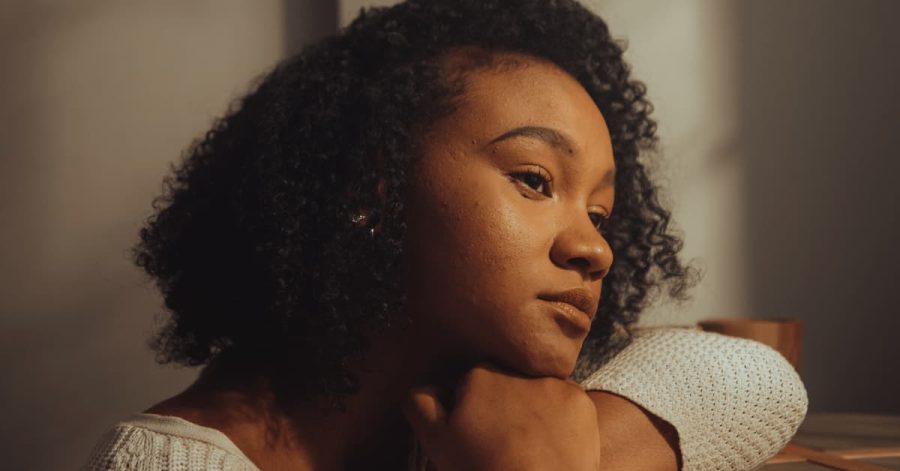
Professional Challenges
In the professional world, business lunches, office parties, and networking events often involve food and drinks.
For someone with a fear of eating and drinking in public, these otherwise career-enhancing opportunities can feel like insurmountable obstacles.
The anxiety may inhibit their ability to present themselves confidently or engage fully with colleagues and potential contacts, potentially impacting career growth and workplace relationships.
Mental Health Consequences
The ongoing stress of coping with this fear can also have broader implications for mental health.
Constant anxiety about upcoming events involving food can lead to chronic stress, heightened anxiety levels, and in some cases, may contribute to depression.
The mental toll of constantly managing and hiding their anxiety can exacerbate the person’s overall emotional and psychological wellbeing.
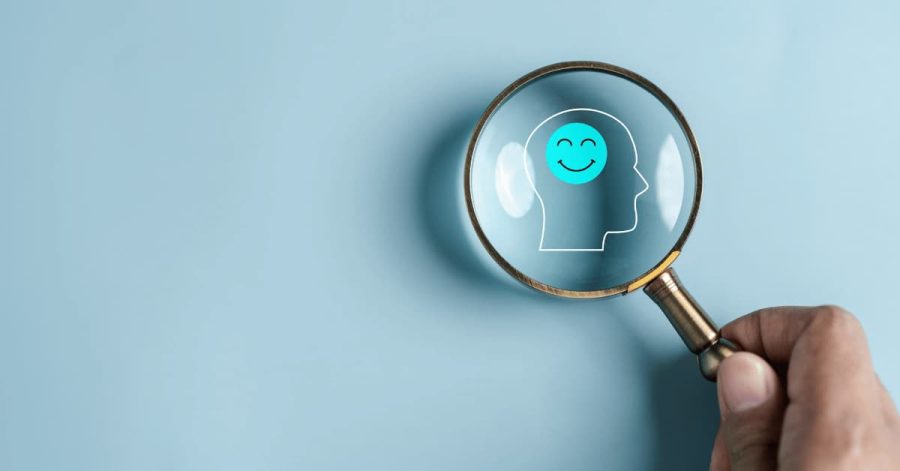
Examples of Everyday Scenarios
- A university student may skip group projects or study sessions that involve eating and drinking together, limiting their academic collaboration and social integration.
- An employee might opt out of team lunches or company dinners, missing crucial bonding times and potentially beneficial networking.
- At family gatherings, an individual might find excuses to eat before or after others have eaten, or choose to stay away altogether, which family members might misinterpret as disinterest or aloofness.
Understanding these impacts is essential for recognizing the full scope of challenges faced by those with a fear of eating and drinking in public.
It underscores why addressing this fear is crucial—not only to improve quality of life but also to prevent the potential long-term effects on social connections and mental health.

C. Causes & Triggers
The fear of eating and drinking in public can stem from a variety of psychological and environmental factors. This section explores several key contributors that can initiate and sustain this type of social anxiety.
Psychological Vulnerabilities
- Self-Perception Issues: Individuals who are highly self-conscious or who have a negative self-image may feel particularly vulnerable when eating in public. The act of eating, being a very personal and sometimes messy activity, can intensify feelings of exposure and judgment.
- Social Perfectionism: For some, the desire to appear perfect in social settings leads to significant anxiety. This can include fears about demonstrating perfect manners, eating too much or too little, or choosing the “right” food in social contexts.

Environmental Influences
- Previous Negative Experiences: Specific past events can deeply impact one’s comfort with eating in public. This could include being teased or criticized for eating habits or choices, which can establish a long-term association between eating publicly and emotional discomfort.
- Observational Learning: Watching others who are anxious about eating in public or who emphasize the importance of eating etiquette can also contribute to developing this fear. This is especially significant in childhood, where parental behaviors and attitudes towards eating can set a precedent.
Sociocultural Factors
- Media Influence: Exposure to media that idealizes certain diets and eating behaviors can create anxiety around eating publicly. This is due to the pressure to conform to perceived societal standards of eating ‘correctly’ or healthily.
- Cultural Norms and Etiquette: In many cultures, eating is not just a necessity but a ritual, governed by specific rules and expectations. The fear of violating these norms and being socially ostracized or judged can trigger anxiety.
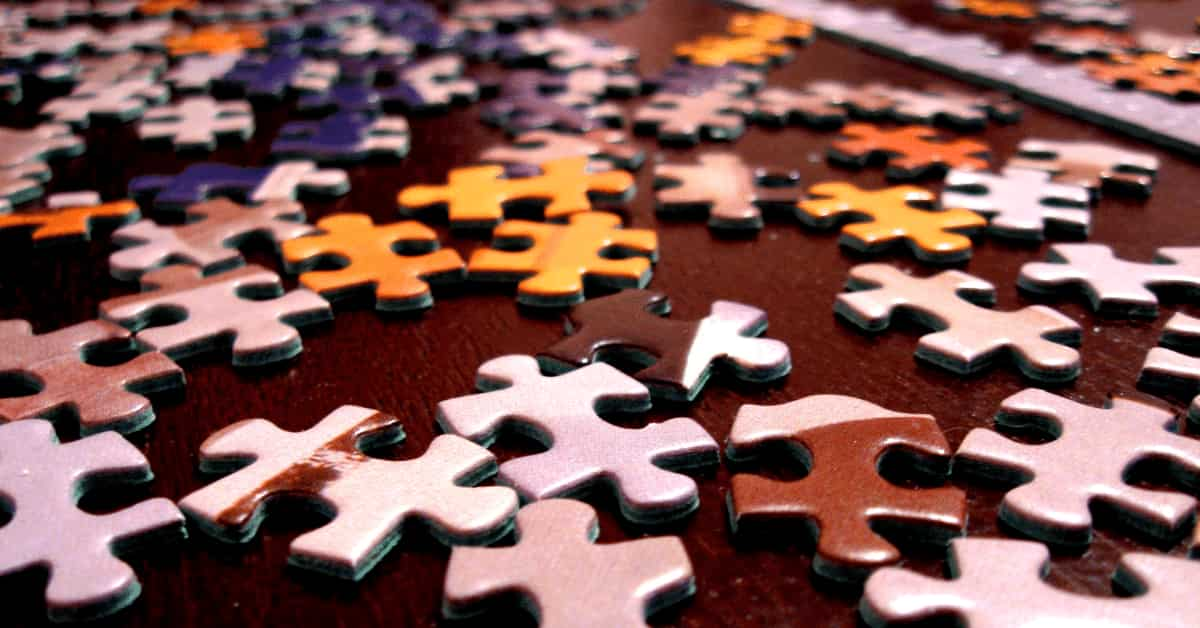
Cognitive Factors
- Catastrophic Thinking: Some individuals may have a tendency to ‘catastrophize’ or imagine the worst possible outcomes when thinking about eating in public, such as humiliating themselves irreparably. This cognitive bias can make the idea of eating publicly daunting.
- Heightened Sensitivity to External Judgments: People who are especially sensitive to others’ perceptions may feel that all eyes are on them when they eat, exacerbating feelings of vulnerability and anxiety.
Additionally, some individuals may experience shaky hands, which can make them feel particularly vulnerable when eating or drinking in public.
For instance, consuming soup, which necessitates a steady hand, might be perceived as ‘risky’ because visible tremors could be interpreted by others as signs of nervousness.
There is also concern that such tremors might be misconstrued as indicators of an addiction problem, like excessive alcohol consumption.
D. Coping Strategies & Tips
Managing and overcoming the fear of eating and drinking in public requires a combination of psychological strategies, practical tips, and sometimes, professional help.
Here are some effective approaches that can help you face and reduce your anxiety in these situations.

Acceptance and Awareness
- Accept Anxiety: Instead of trying to suppress anxiety or hide its symptoms, acknowledge and accept them as they come. This approach can help avoid the paradoxical effects often associated with attempts to suppress anxiety symptoms, such as increased anxiety and stress. Recognizing and accepting these feelings can reduce the stress of trying to control the uncontrollable and shift your focus towards managing the situation more effectively.
- Mindful Eating: Practice mindfulness while eating, focusing on the flavors, textures, and sensations of the food, rather than on the surroundings or the potential judgment of others. This can help anchor your mind in the present moment and divert it away from anxiety. Additionally, engaging in the conversation and interacting with others at the table can further detract from anxious thoughts and enhance your dining experience.
Gradual Exposure
- Start Small: Begin with less intimidating situations, such as eating with a close friend or family member, and gradually work up to larger social gatherings. This method of gradual exposure helps to reduce anxiety by slowly acclimatizing you to the stressors associated with eating in public. Each positive experience builds confidence, making slightly more challenging situations feel more manageable over time.
- Simulated Practices: Try eating in front of a mirror or recording yourself while eating to watch later. This technique allows you to observe and become accustomed to your own eating behaviors in a controlled, private environment. By repeatedly exposing yourself to the sight of eating, you can desensitize anxiety triggers and gradually increase your comfort level with the act of eating publicly. Over time, this practice can make actual public eating experiences feel more natural and less anxiety-provoking.
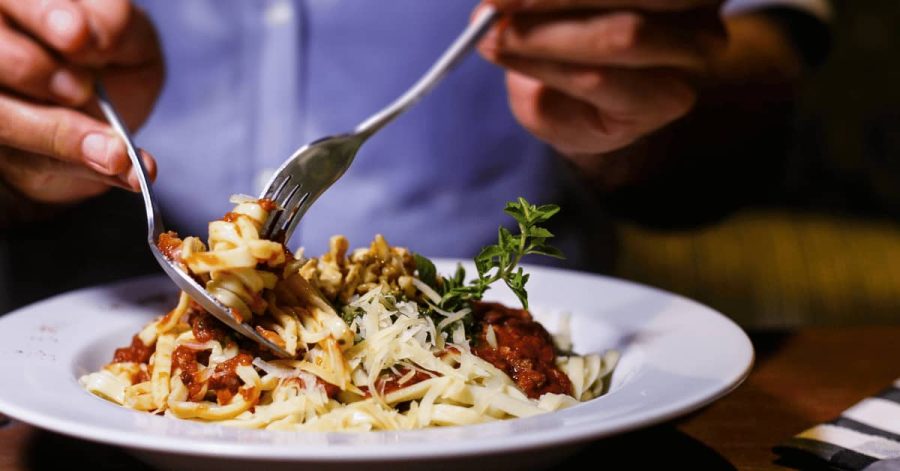
Cognitive Restructuring
Cognitive restructuring is a key technique used in cognitive-behavioral therapy to help individuals identify, challenge, and alter irrational or maladaptive thoughts. The process involves several steps that can specifically address the anxiety associated with eating in public:
- Challenge Negative Thoughts: Begin by identifying the negative thoughts that arise when you think about eating in public, such as “Everyone is watching me” or “If I spill something, it will be a disaster.” These thoughts often exaggerate the likelihood of negative outcomes and can increase anxiety. Challenge these thoughts by asking yourself questions like, “How many people are really looking at me?” or “What’s the worst that can happen if I spill something, and how likely is that?” This helps you see that these fears are often based on unrealistic expectations.
- Replace Irrational Beliefs: After challenging these irrational beliefs, replace them with more realistic and balanced thoughts. For example, instead of thinking “Everyone is watching me,” remind yourself, “Most people are too focused on their own meals and conversations to notice what I’m doing.” This step is crucial as it aligns your thoughts more closely with reality, reducing the fear and discomfort you feel.
- Reframe Perspective: Change the way you view the act of eating in public. Instead of seeing it as a test or performance where you’re being judged, reframe it as an opportunity to enjoy food and the company of others. This shift in perspective can transform your emotional response from one of anxiety to one of anticipation and enjoyment. Viewing the experience positively can also enhance your overall comfort and ability to engage more naturally in social eating situations.

E. Professional Help & Treatment
While self-help strategies and coping techniques can be incredibly effective, there are times when professional intervention becomes necessary to manage the fear of eating and drinking in public effectively.
Understanding the options for professional help can empower you to make informed decisions about your mental health care.
When to Seek Professional Help
- Persistent Anxiety: If the fear significantly interferes with daily life, professional relationships, or social activities and self-help methods have not been sufficient.
- Worsening Symptoms: When anxiety escalates or leads to avoidance behaviors that isolate you from normal social interactions.
- Impact on Quality of Life: If the fear of eating or drinking in public causes depression, intense stress, or hampers personal and professional growth.

Treatment Options
1. Psychotherapy
Psychotherapy encompasses a diverse array of techniques and modalities designed to treat social anxiety and specific phobias, such as the fear of eating and drinking in public. This treatment method addresses the emotional, cognitive, and behavioral dimensions of anxiety.
2. As-Needed Medication
Beta-Blockers: These medications are prescribed to alleviate the physical symptoms of anxiety, such as a rapid heart rate and trembling. They are especially beneficial in situations where anxiety is anticipated, like eating or drinking in public.
Beta-blockers function by blocking the effects of adrenaline, thus helping to maintain a state of physical calmness. It is crucial that they are prescribed and administered under the guidance of a healthcare professional.

CBD (Cannabidiol): Recognized as a natural alternative for managing anxiety, CBD is gaining popularity for its ability to alleviate symptoms such as shaky hands and general unease in social settings.
Unlike other cannabis products, CBD does not produce psychoactive effects, making it a favorable option for those seeking relief from anxiety without altered mental states.
However, consulting with a healthcare professional before starting CBD is essential. This ensures the correct dosage and checks for potential interactions with other medications.

F. Conclusion
Overcoming the fear of eating and drinking in public is not only about managing a specific social situation; it’s about reclaiming the freedom to enjoy life’s social moments without apprehension.
Accepting anxiety as it arises can help avoid the unintended effects of suppressing such feelings.
Mindful eating practices focus on the present, helping you enjoy the moment rather than worry about judgment.
Gradual exposure, from dining in less intimidating settings to more crowded venues, and simulated practices like eating in front of a mirror, can desensitize anxiety triggers, enhancing comfort and confidence in public eating situations.
Cognitive restructuring, a key component of cognitive-behavioral therapy, involves challenging negative thoughts about public dining, shifting your perspective from anxiety to enjoyment.
When self-help is insufficient, professional help through psychotherapy and as-needed medications like beta-blockers or CBD, overseen by healthcare professionals, can provide further relief.
Embracing these approaches can lead to a more engaged and fulfilling social life, free from the bounds of anxiety.
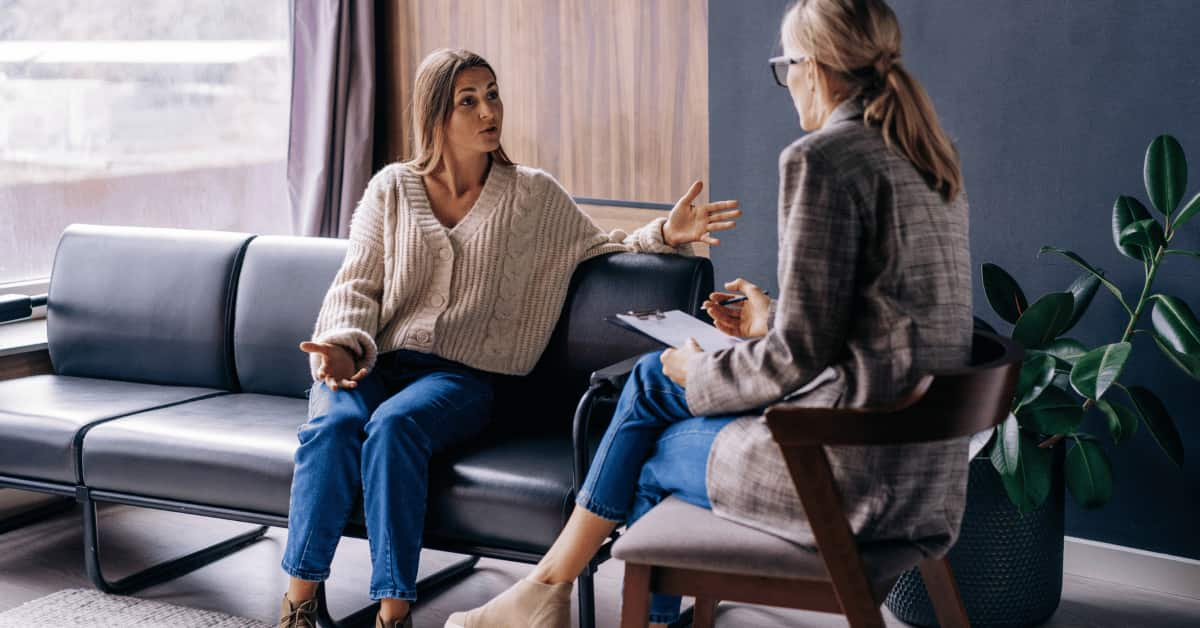
If you suspect that you may be experiencing social anxiety, we invite you to join our free 7-day email course.
This course covers everything from identifying symptoms and understanding diagnostic criteria to exploring causes and treatment options. You’ll also receive practical tools and tips to help manage and overcome anxiety.
Signing up is simple—just click below to get started.

American Psychiatric Association. (2013). Diagnostic and statistical manual of mental disorders (5th ed.). Washington, DC: Author.
Liebowitz M. R. (1987). Social phobia. Modern problems of pharmacopsychiatry, 22, 141–173. https://doi.org/10.1159/000414022

About the Author: Martin Stork
Martin is a professional psychologist with a background in physical therapy. He has organized and led various support groups for people with social anxiety in Washington, DC and Buenos Aires, Argentina. He is the founder of Conquer Social Anxiety Ltd, where he operates as a writer, therapist and director. You can click here to find out more about Martin.
